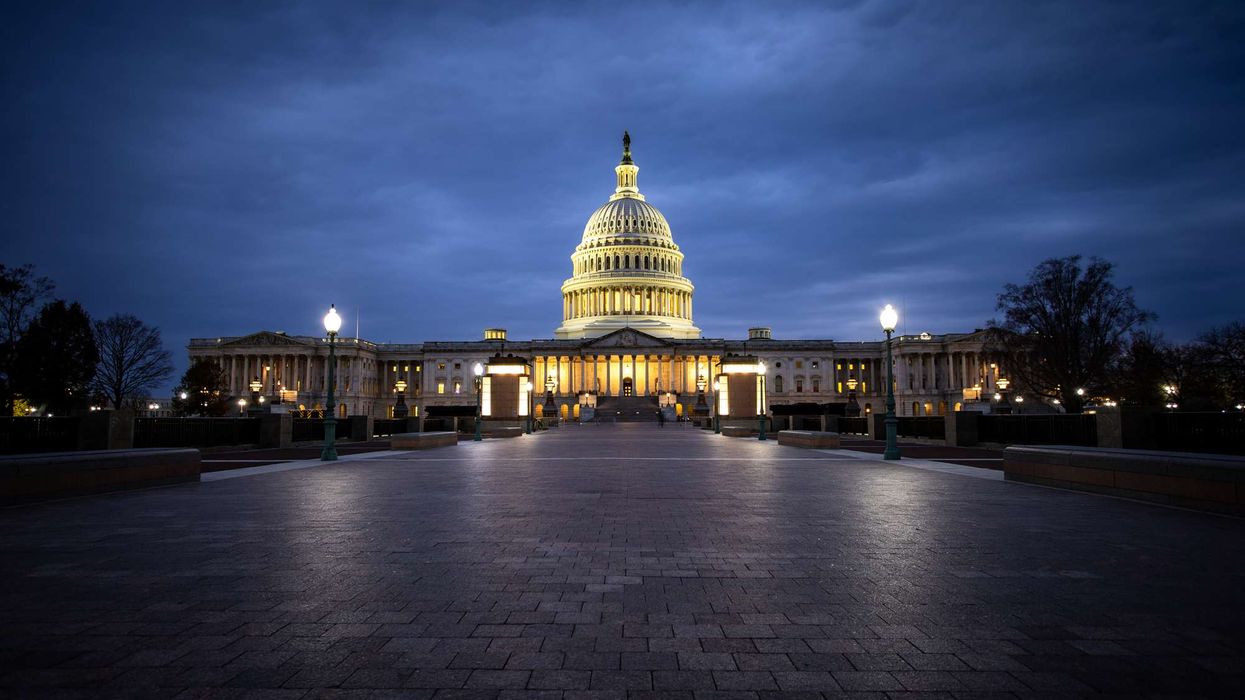AS THE LEISURE travel crowds of summer begin to wane and commercial travel remains elusive, hotels will look for other sources of revenue, including government worker travel. While the U.S. General Services Administration has released its fiscal year 2021 per diem rates for federal government travelers, the U.S. Travel Association is pressing for legislation to freeze those rates where they are.
The freeze is necessary because GSA sets the per diem rates according to hotels’ ADR, and because that has dropped precipitously since the beginning of the COVID-19 pandemic it skews the GSA’s rates, according to USTA. In response, GSA agreed to base fiscal year 2021’s per diem rate on the ADR from March 2019 through February 2020.
Roger Dow, USTA president and CEO, and Fred Dixon, president and CEO of NYC & Co. and co-chair of the Meetings Mean Business Coalition, want a more lasting solution in the form of legislation in the House that would freeze federal per diem rates for at least the next two years.
Florida Reps. Charlie Crist, a Democrat, and Republican Bill Posey introduced the bill, H.R. 6995, in May.
“Freezing the per diem rate would provide much-needed consistency to all segments of the travel industry over the next few years as we work to recover from this crisis,” Dixon and Dow said. “This is crucial, as USTA economists estimate a staggering $109 billion in business travel spending has been lost since early March, a 71 percent decline from the same period last year. The revival of the business travel sector—which is supported, in part, by federal workers—is a critical component of America’s overall recovery efforts.”
Under the new rates, which will take effect in October, the standard continental U.S. lodging rate will remain unchanged at $96 and the meal and incidental expense per diem tiers also will stay at $55 to $76, according to GSA. The maximum lodging allowance for 319 Non-Standard Areas will receive a higher than the standard allowance.
The American Hotel & Lodging Association welcomed the new rates.
“The reality is, due to the devastating impact of COVID-19, 2020 is projected to be the worst year on record for hotel occupancy. Industry experts estimate it will be early 2023 before hotels return to their previous occupancy, rate and revenue levels,” said Chip Rogers, AHLA president and CEO. “We appreciate the GSA’s work to ensure fair and reasonable per diem rates for FY2021, and we look forward to welcoming back our government guests as travel resumes.”












